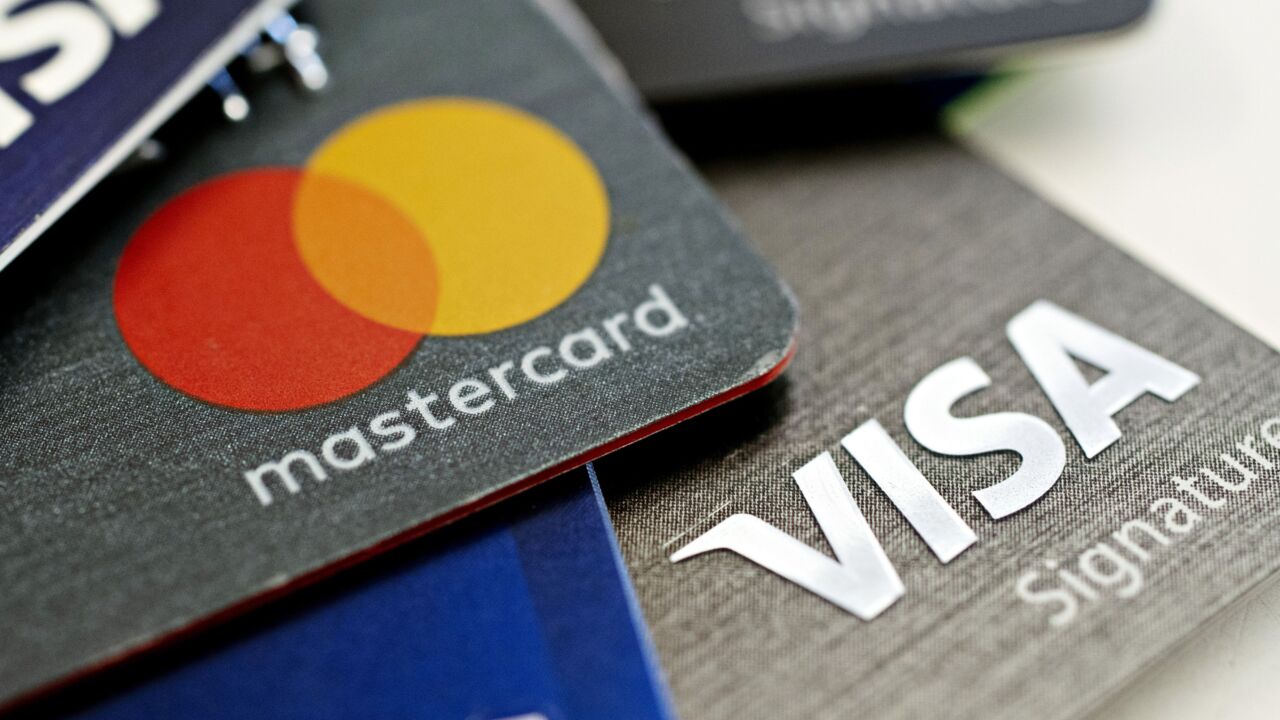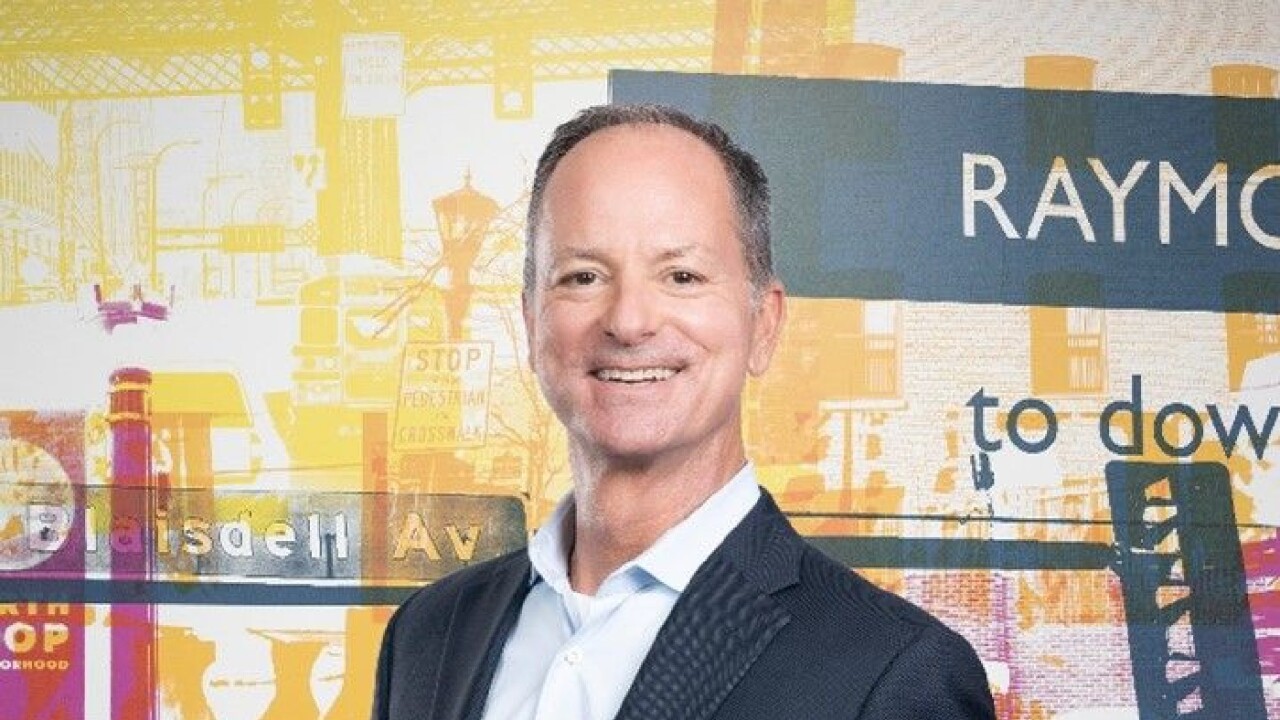One of the many factors holding back corporate payments is the requirement to negotiate payment terms with disparate suppliers, a process that does not match easily with a scalable automated gateway.
But it gets much easier if those suppliers have a common vendor relationship of their own.
By using a network of vendors with existing payment and financial terms, TD Bank hopes to expedite the paper processing for supply chain transactions and treasury management. TD on Tuesday announced a collaboration with Bottomline Technologies to offer Paymode-X with Visa Payables.

Bottomline's integration with Visa uses a payments optimization system to manage preferences among a network of more than 385,000 businesses, settling transactions using the most beneficial payment type. It's an alternative to managing payment relationships with each supplier separately via manual, paper-based systems.
"There is a network effect to this," said Rick Burke, head of corporate products and services at TD Bank. "Paymode brings in merchants that have agreed on trade terms."
Unlike consumer payments, supply chain payments often have different terms and incentives based on payment type, timing or the flow of funds on both sides of the transaction. This collaboration contains added incentives to automated B2B payments by through rebates for payers and banks that result from automation, according to Jessica Moran, general manager of Paymode X solutions at Bottomline Technologies.
For a business with hundreds of suppliers, these terms may be a bit different for all involved and could be hard to replicate in a manual environment. "These negotiations are time consuming and there's a chance that one party may be at a disadvantage of moving to digital," Burke said.
There are many explanations for why corporate payments and supply chains remain
"Anything that is paper-based is presumably seen as simpler to handle," said Enrico Camerinelli, a senior analyst at Aite Group. "If there are any issues, it's seen as easier to fix paper flows if something is wrong. So there is a balance to that and trying to make things more efficient."
But there are also arguments in favor of automation, such as
The automation gap has proven attractive to companies that want to disrupt the B2B environment.
Moving ahead, Burke says distributed ledgers are another possibility to expedite supply chain payments. Blockchains have struggled with interoperability, but distributed ledger experts recently reported an uptick in collaboration that could simplify deployments for payments. In the case of B2B,
"Blockchain and smart contracts are absolutely a possibility; there are problems to solve in the space but blockchain has the potential to reorganize ho commercial entities interact with each other," Burke said.





